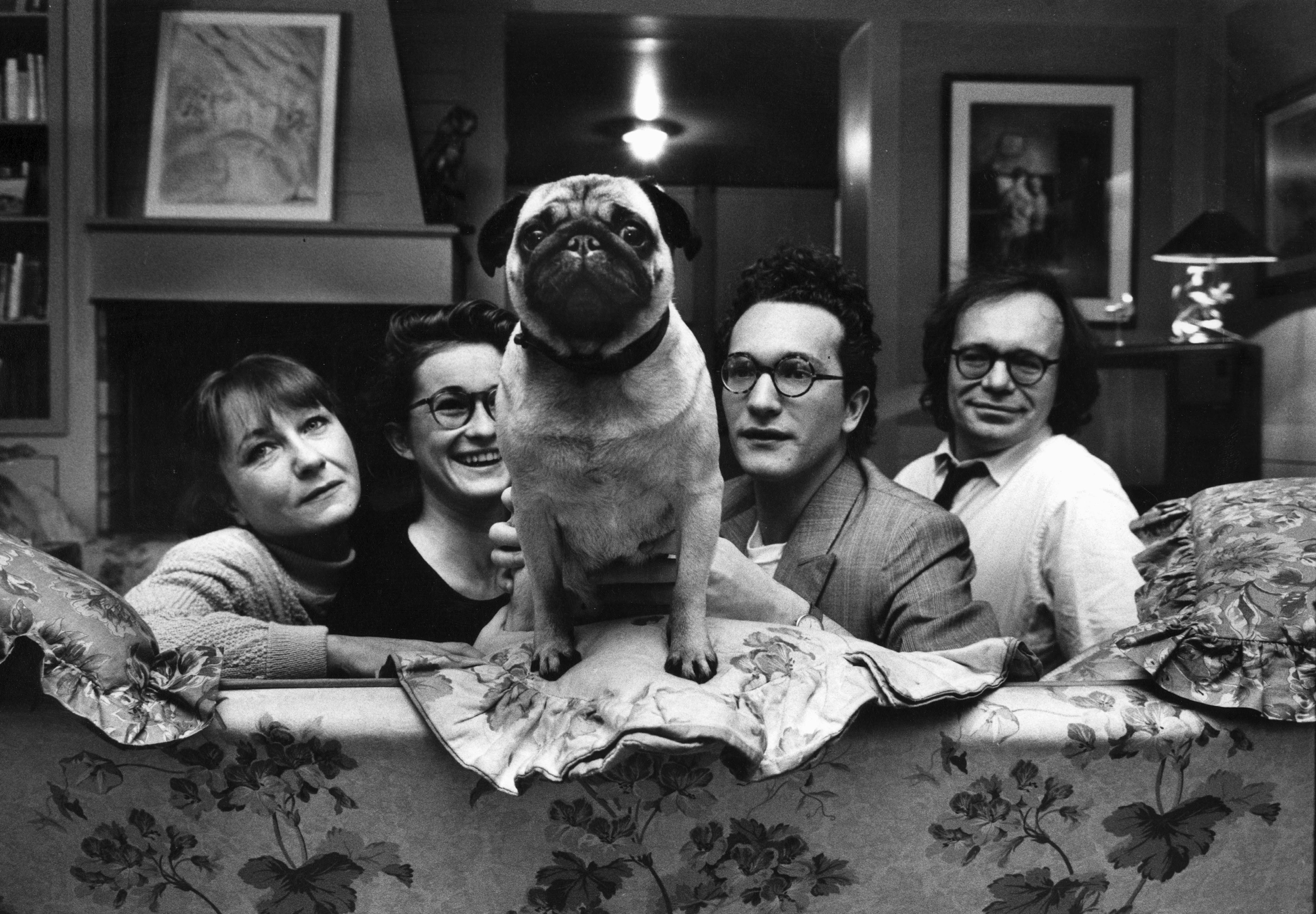The exhibition
This popular ‘means of documentation’ among the middle-class was accompanied by a desire for a private and personal account of events through a family’s various phases: portraits of ancestors, births, weddings, anniversaries, all condensed in those photobooks that in the first decades of the last century used to be kept on display in a bourgeois household’s front room: family albums. Exhibition curator Biba Giacchetti asked one of the most important masters of photography to create a personal and public album, both historical and contemporary, serious and ironic.
Read more
This is how the exhibition Elliott Erwitt. Family came to life. The exhibition is a collection of about sixty of his most famous photographs, offering visitors an overview of 20th century history and customs, through Erwitt’s typical irony, informed by a surreal and romantic streak.
Biography of the Artist
Eliott Erwitt studied photography at Los Angeles City College, and later attended the New School for Social Research where he studied film direction. He then served in the US Army as an assistant photographer in Europe, mostly in France and Germany. Influenced in his work by encounters with famous photographers such as Robert Capa, Edward Steichen and Roy Stryker, Erwitt was hired by the latter – who was then director of the photography department at the Farm Security Administration – for a photographic project involving Standard Oil.
Read more
After this job, he began working as a freelance photographer, working for companies such as KLM and Air France and for numerous magazines. In 1953, he joined Magnum Photos, an agency that gave him good visibility and allowed him to work on photographic projects all over the world.


